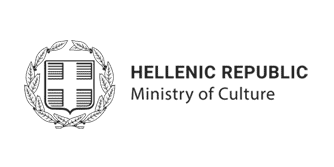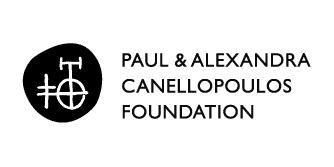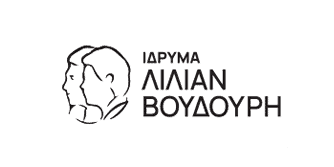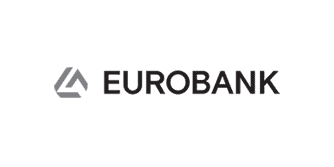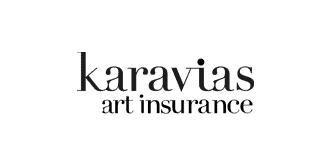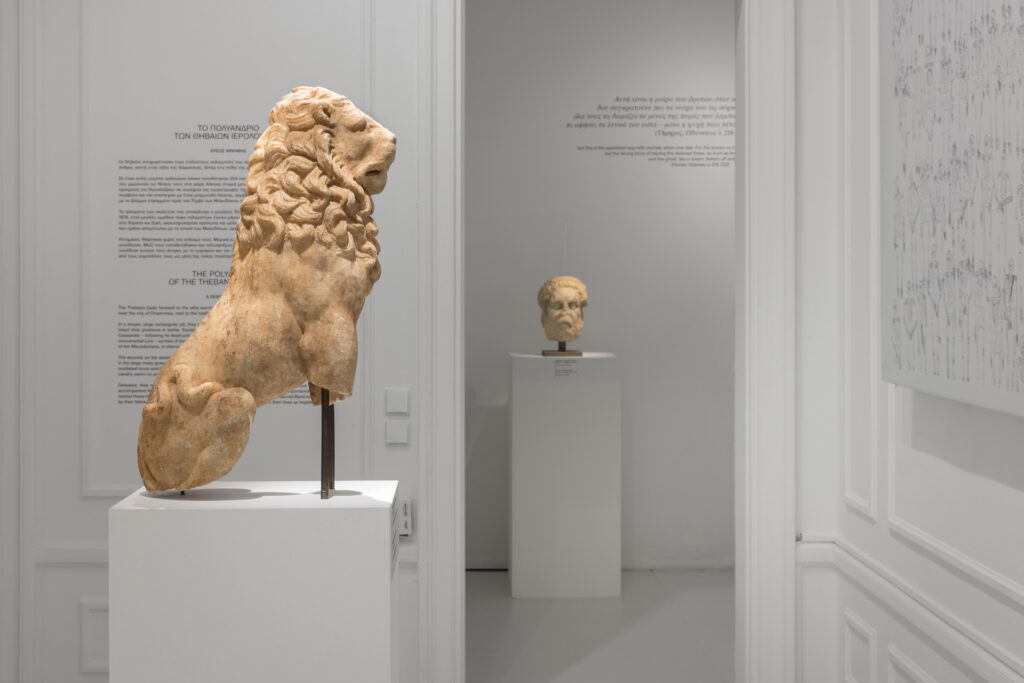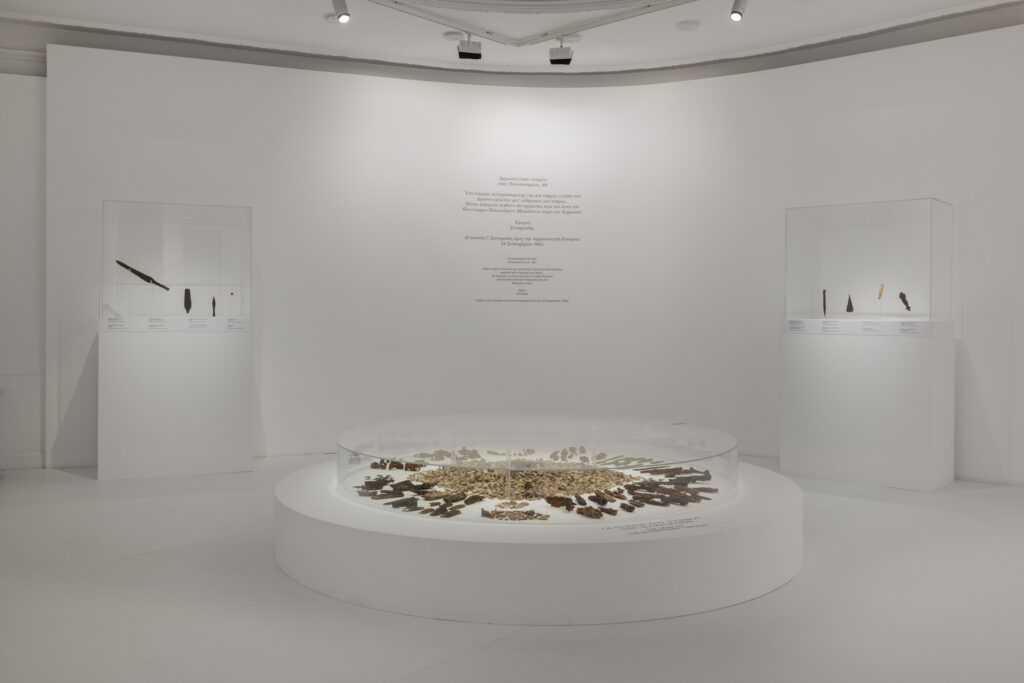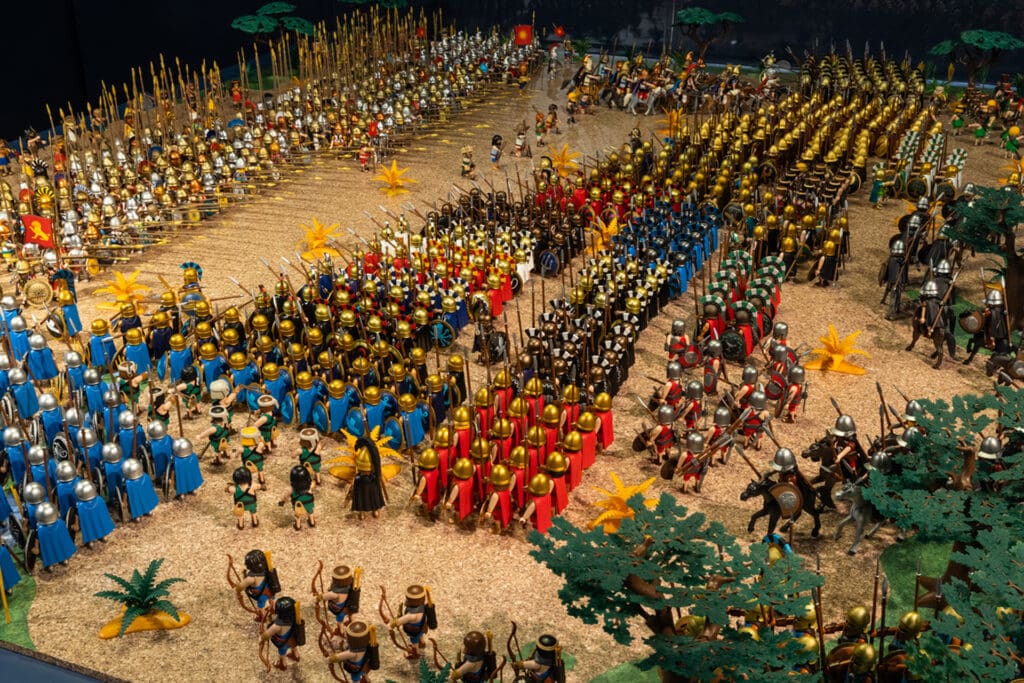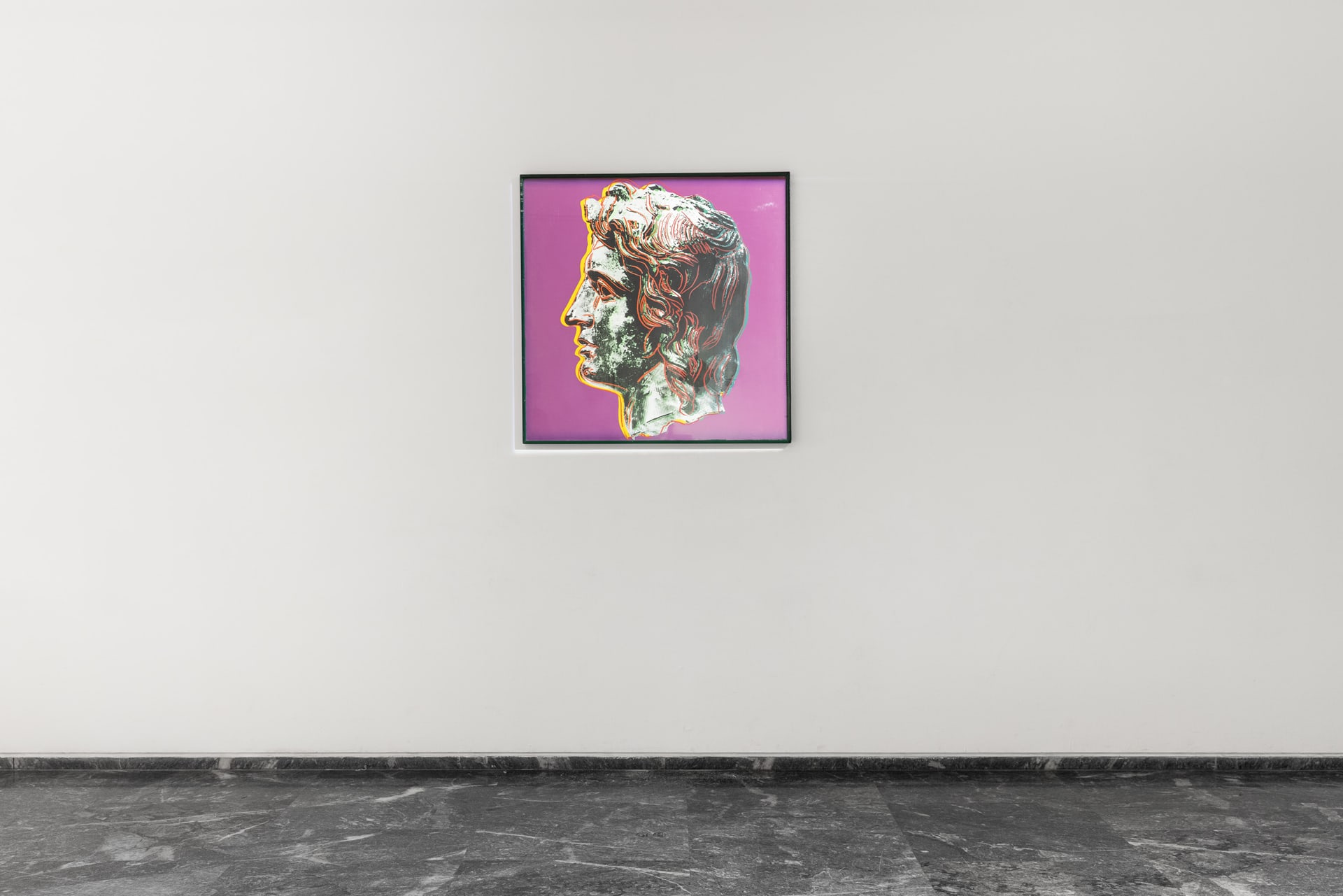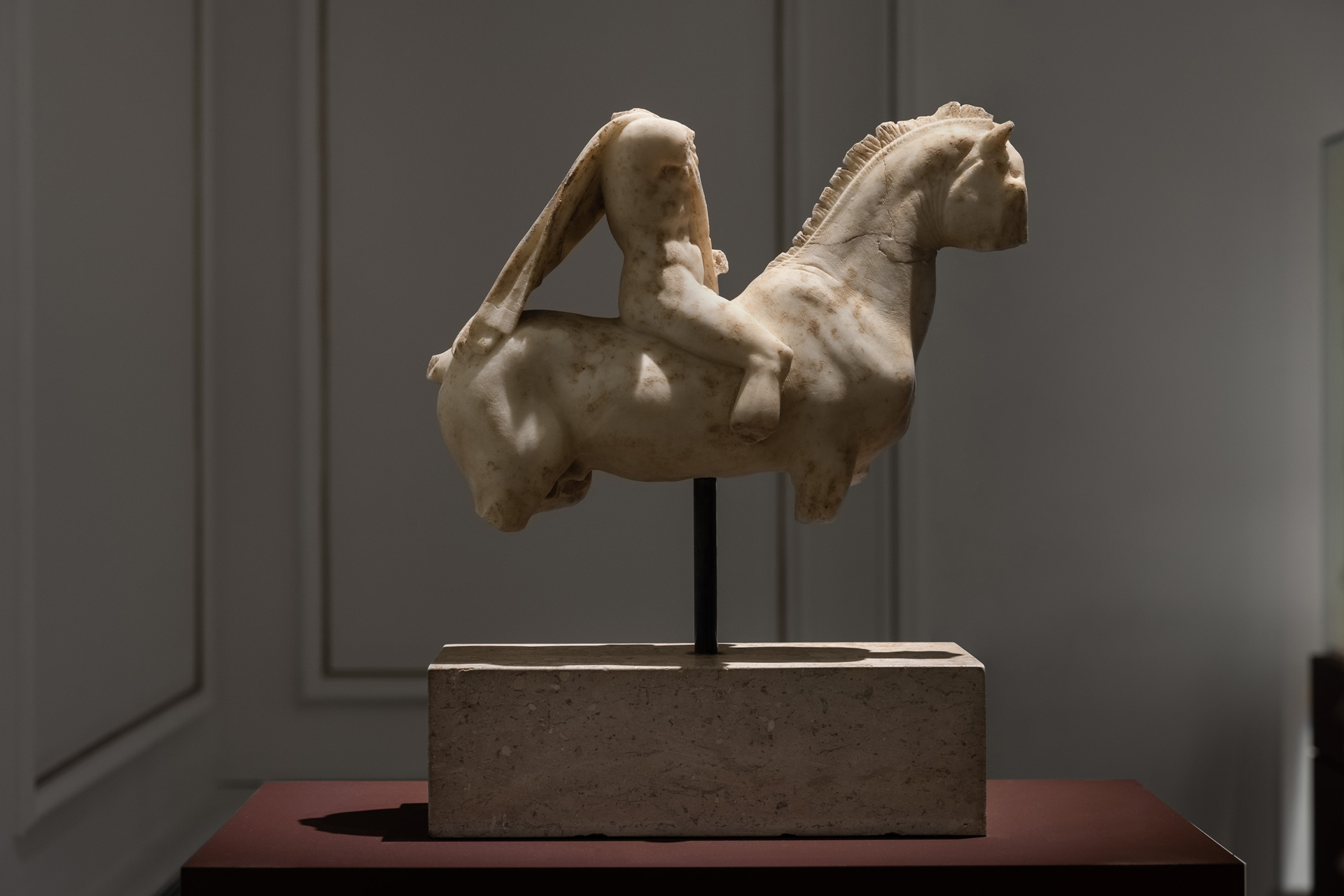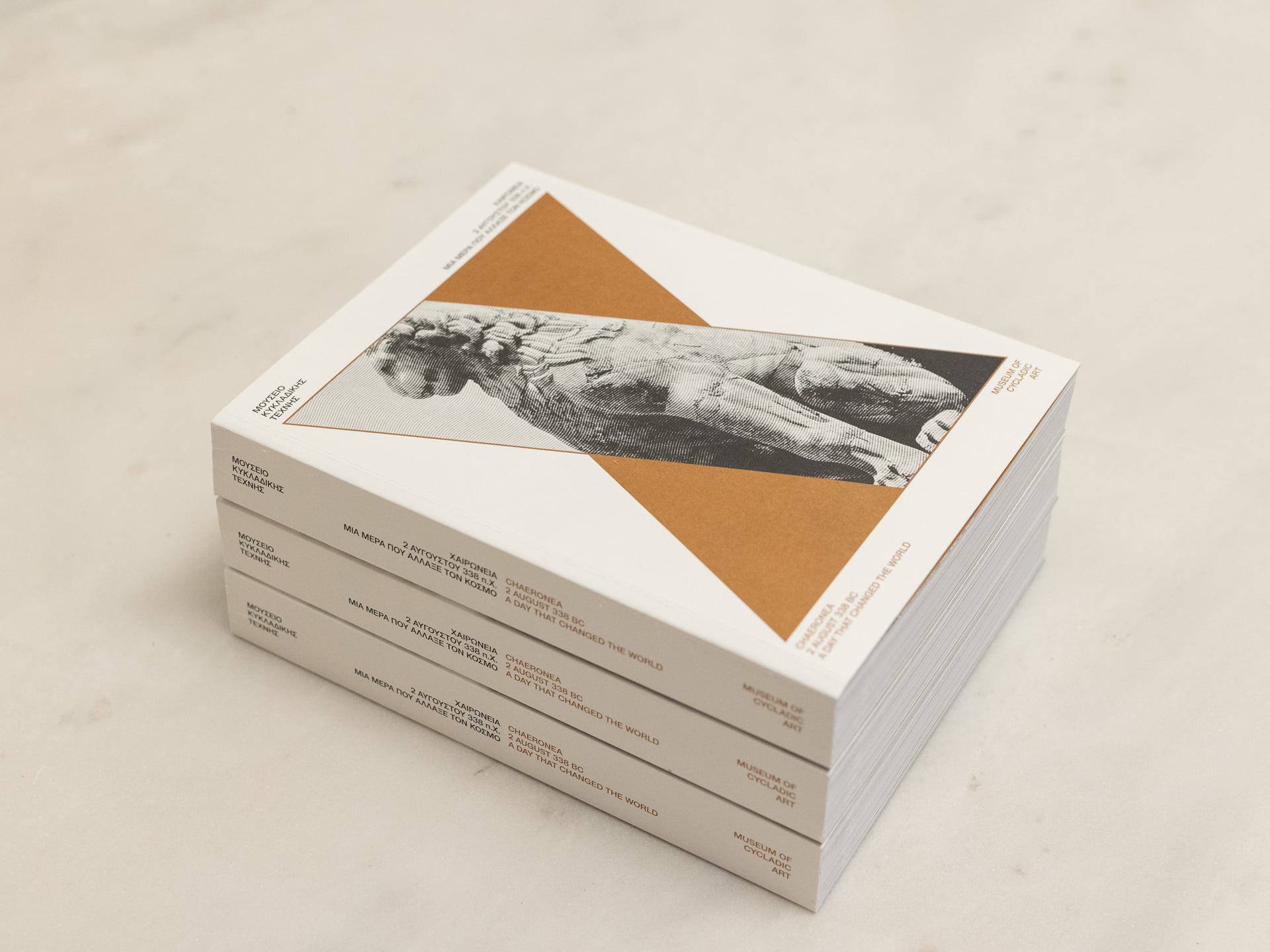Chaeronea, 2 August 338 BC:
A day that changed the world
ARCHAEOLOGICAL EXHIBITION
DECEMBER 14, 2023 UNTIL APRIL 23, 2024
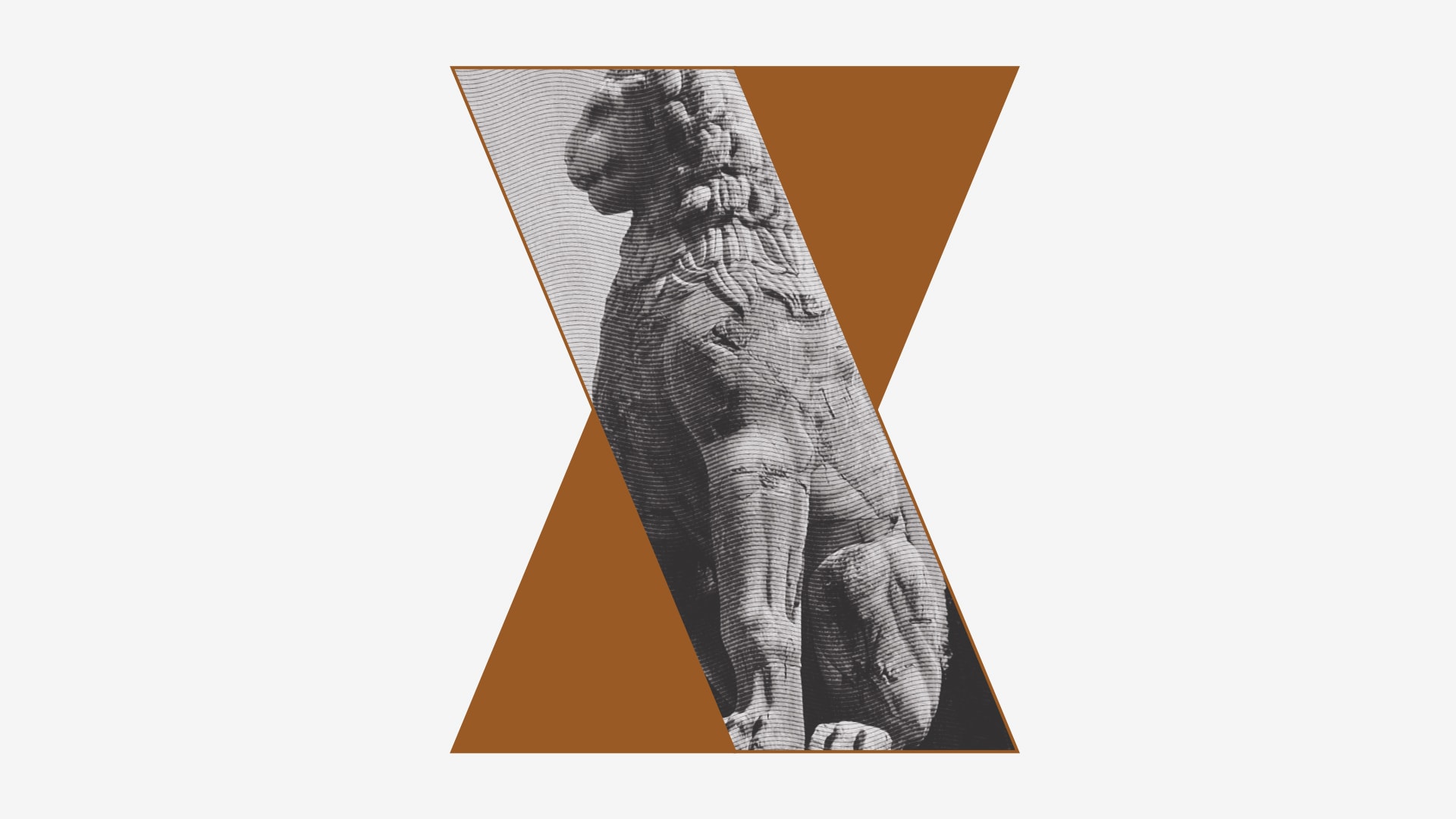
THE EXHIBITION
Τhe new exhibition ‘Chaeronea, 2 August, 338 BC: A day that changed the world’ organized by the Museum of Cycladic Art in Athens, in collaboration with the Hellenic Ministry of Culture, is part of the new series of archaeological exhibitions ‘Human Histories’ and is presented at the Stathatos Mansion and the Neophytou Douka Wing, under the supervision of the Scientific Directors of the Museum Dr. Panagiotis Iossif, Professor at the Radboud University Nijmegen, Netherlands, and Dr. Ioannis Fappas, Assistant Professor of Prehistoric Archaeology at the Aristotle University of Thessaloniki.
The exhibition highlights the importance the Battle of Chaeronea had in ancient times, at the transition from the Classical to the Hellenistic period. The latter became an era in which Greek civilization was dominant for centuries and laid the foundations of what we call the Western world. The theme is the battle that opposed the Macedonian army of Philip II against that of the allied Greek cities of southern Greece – and in particular the Sacred Band of Thebes and the army of Athens – a conflict that for the first time brought the eighteen-year-old Alexander to the front line of history: Alexander who was soon to conquer the world with his great campaigns in Asia.
In addition to introducing the two worlds that collided, the exhibition presents the burial practices of the two armies: the Polyandrion (mass grave) of the 254 Theban members of the Sacred Band with their guardian monument of the Lion of Chaeronea, and the Tumulus of the Macedonians. Special emphasis is placed on the archaeological recovery of the aftermath of battle, highlighting the work of two pioneers of Greek archaeology at the end of the 19th century and at the beginning of the 20th, namely Panagiotis Stamatakis and Georgios Sotiriadis.
The exhibition ‘Chaeronea, 2 August, 338 BC: A day that changed the world’ is the first of a new series of exhibitions of the Museum of Cycladic Art with the title ‘Human Histories. Stories, that is, about the life, manners and works of mortals, which influenced the life, perceptions and thinking of later generations. This exhibition is going to tell such a story, based on the testimonies of the ancient sources, and the remains left by its protagonists.
Finally, as part of the exhibition, there will be organized guided tours for the public, while the Department of Education and Social Programs of the Museum will offer educational tours for Secondary Education students as well as guided tours in sign language.
EXHIBITION VIDEO
LISTEN TO THE PODCAST
EXHIBITION PHOTOS
ALEXANDER THE GREAT
The exhibition includes 240 antiquities and historical documents, drawn from 27 Museums and Institutions from within Greece and four private collections too. Many are exhibited to the public for the first time. Also on display are two marble busts from the Chiaramonti Museum in the Vatican, while an ‘Unexpected Visitor’ of importance is Andy Warhol’s ‘Alexander the Great’ (1981) loaned from MOMus – the Museum of Contemporary Art.
The exhibition allows us to archaeologically ‘reach out and touch’ Alexander the Great, as has never and nowhere been possible before, at any place or time. Alexander stands out large in History, but not at all in Archaeology. The written sources about him, although composed after his life, are numerous indeed. The archaeological finds that he left behind – items directly or indirectly tied to him – are rare. In Chaeronea, where he was first introduced to the world as the leader of the Macedonian cavalry, one finds the remains of the people who fought alongside him, who accepted his orders that morning of August, even of those who perhaps were killed by Alexander himself. All this evidence is presented in the exhibition for the first time.
PARTICIPATING MUSEUMS
• Directorate for the Administration of the National Archive of Monuments • Archaeological Museum of Thebes • Archaeological Museum of Chaeronea • Archaeological Museum of Schimatari • Archaeological Museum of Piraeus • Archaeological Museum of Delphi • Acropolis Museum • Archaeological Museum of Igoumenitsa • Archaeological Museum of Veroia • Archaeological Museum of Thessaloniki • Archaeological Museum of Pella • Archaeological Museum of Kilkis • Archaeological Museum of Florina • Archaeological Museum of Ioannina • Archaeological Museum of Komotini • National Archaeological Museum, Athens • Archaeological Museum of the Kerameikos • Epigraphic Museum, Athens • Numismatic Museum, Athens • Kanellopoulos Museum • National Historical Museum • Academy of Athens • Museum of Philhellenism • The Greek Parliament • MOMus-Museum of Contemporary Art • Collections of the Macedonian Museum of Contemporary Art and the State Museum of Contemporary Art, Thessaloniki • Gennadios Library • Laskaridis Foundation • Folklore Museum of Arachova • Chiaramonti Museum, Vatican • And four private collections
THE CATALOGUE
The catalogue presents the battle of Chaeronea, the one that pitted the Macedonians against the allied Hellenic cities and emphasizes its importance in shaping the new Hellenistic world. It consists of 453 pages and includes all the objects of the exhibition per section, with detailed explanatory texts in Greek and English and rich photographic material.
Through the texts of the curators, as well as some of the leading scholars in the field, an attempt is made to highlight the specific battle as the event that finally brought the Macedonians to the position of the dominant power, decisively influencing the entire ancient world. More than 240 objects from numerous museums and collections in Greece and abroad are presented, some of which are published for the first time, highlighting a historical event that was destined to change the world.
Edited by Panagiotis P. Iossif – Ioannis D. Fappas
CYCLADIC FRIENDS
BE
FRIENDS
MORE
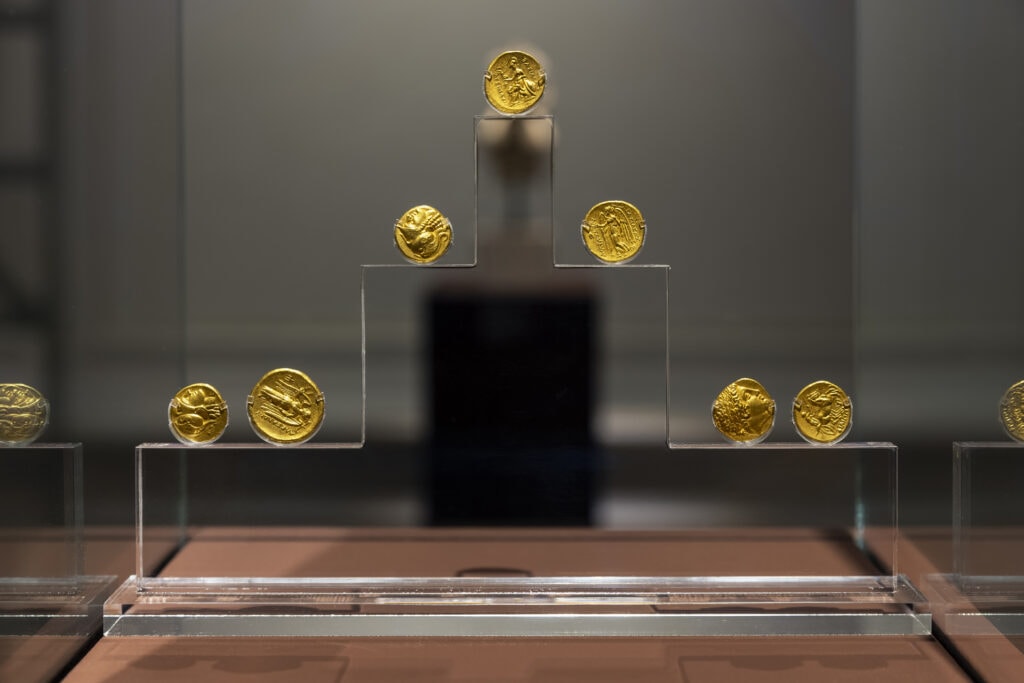
FAMILY GUIDED TOURS
8-12 YEARS
Guided tours at the exhibition “Chaeronea, 2 August 338 BC: A day that changed the world”
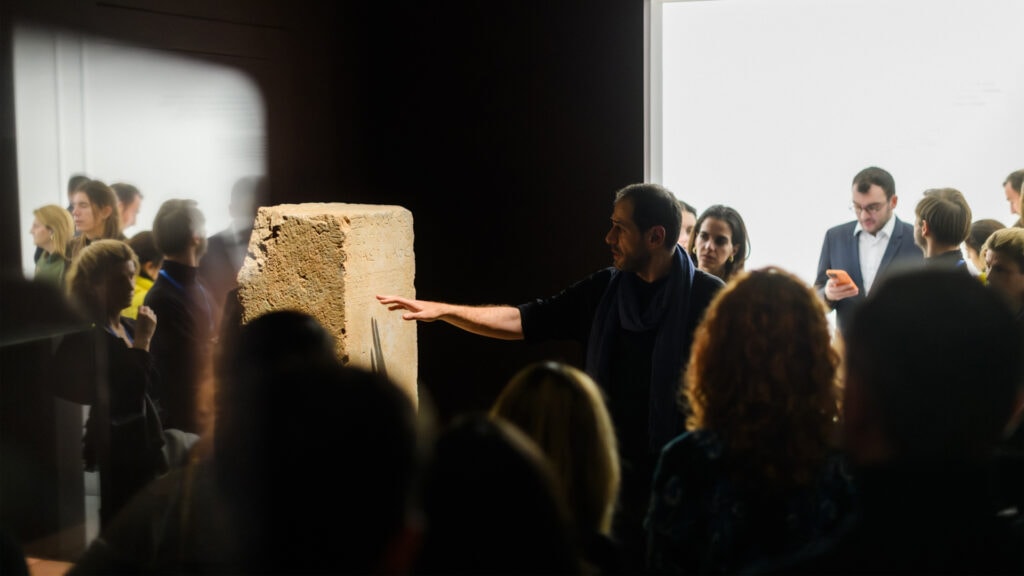
TEMPORARY EXHIBITION
GUIDED TOURS
Guided tours of the exhibition “Chaeronea, 2 August, 338 BC: A day that changed the world”

GUIDED TOURS FOR SCHOOLS
SECONDARY SCHOOL STUDENTS
Guided tours of the exhibition “Chaeronea, 2 August, 338 BC: A day that changed the world”
EDUCATION
International Kids’ Art Contest
Curators & Concept
Ioannis D. Fappas
Architectural design
Katerina Apostolou – AKA Apostolou Colakis architects
Museographic design
Despoina Tsafou
Design of the New Wing
Chara Marantidou
Lighting design
Anna Sbokou, Katia Milia, Katerina Petrocheilou
Visual identity
Sound installation
Ubisoft Animation Team
Playmobil diorama
Comics’ creator
Restοration of antiquities and artworks
Anthropologist advisor
Mounting of antiquities
Construction of showcases
Transportation of antiquities

